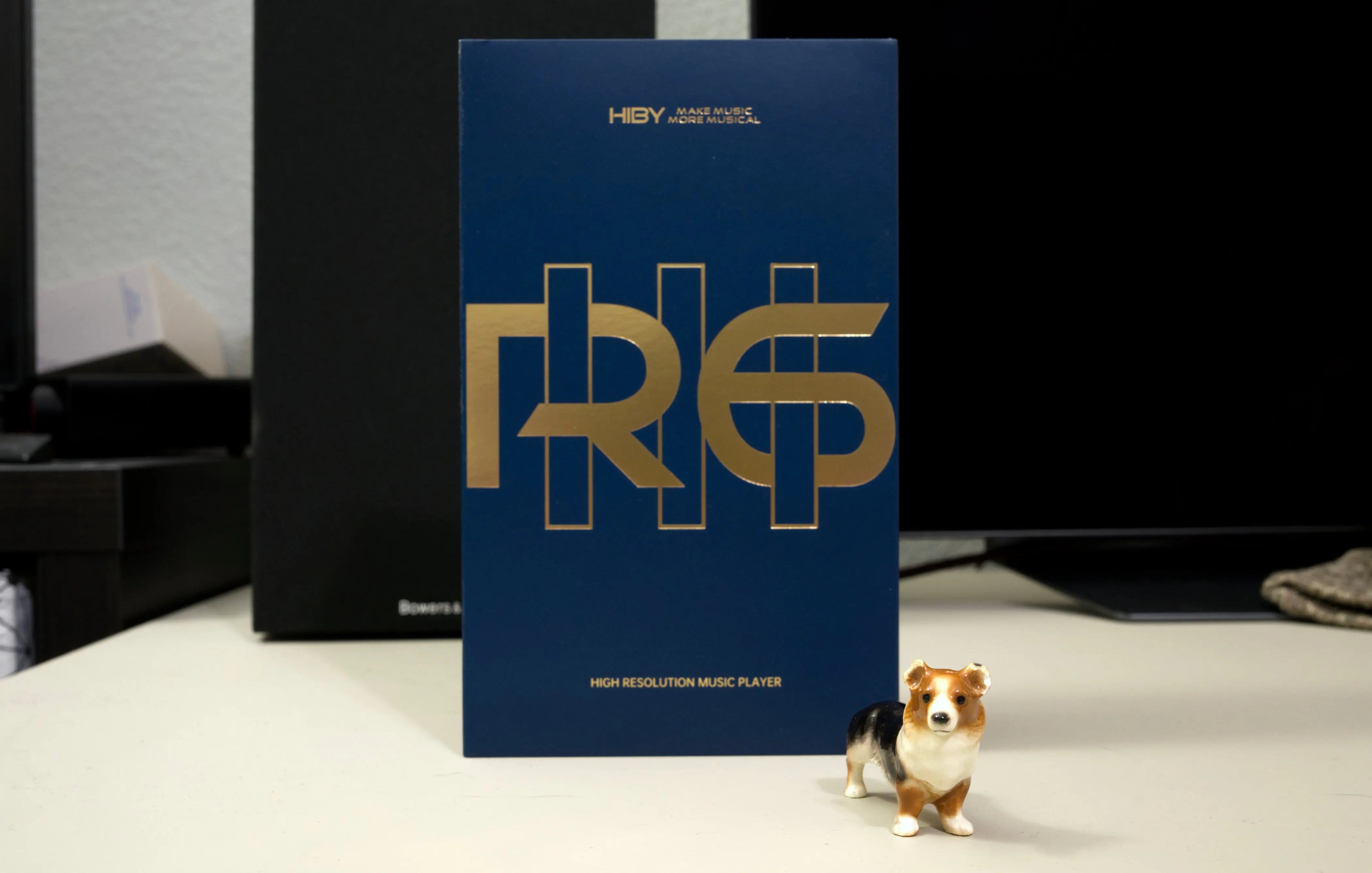HiBy R6III
The first portable player in the series to use Class A amplifier circuit design. Dual ESS9038Q2M decoders, equipped with three independent power supply lines and an upgraded Android 12 system, achieve a higher balance than the previous generation in terms of performance, sound quality, and power consumption.
After various stages of updates such as RS2, R5II, and RS8, HiBy finally launched a brand new body in the mid-range market.
Compared with the previous generation, the internal structure, software, and most important tuning direction have been fully evolved! Starting from the amplifier circuit, R6III (third generation) added Class A/AB amplifier mode switching to the 6 series body for the first time. With the strengthened power supply network, users can get more stable output power and sound details; the processor And the system version has been upgraded, corresponding to the new Android apps in the future, and also paving the way for the new features that HiBy will bring.
feature of product
 Dual ESS9038Q2M decoders - dedicated independent power supply lines
Dual ESS9038Q2M decoders - dedicated independent power supply lines
R6III uses a pair of ESS9038Q2M decoders as the main axis. The biggest difference from the previous generation is that the current output mode is changed to the voltage output mode to match the Class A amplifier circuit of R6III. Part of this generation of decoder is directly powered by an independent line, which greatly reduces the mutual interference between hardware and can also give full play to the full performance of this decoder. Compared with the desktop decoder solution, the actual performance is higher and the power consumption is higher. The power is relatively lower; and the saved power, HiBy is placed on the design of the amplifier circuit that has a greater impact on the sound.

Class A amplifier circuit design
The Class A amplifier structure has the characteristic of maintaining the peak output at all times. Its response speed is excellent and the driving force is very stable. It is the guarantee of sound quality on many desktop computers or high-end portable players. However, its operating efficiency is low, most of the power consumption will be turned into heat, and it is also more sensitive to the quality of power supply, so it is relatively rare in the mid-level player market. The amplifying circuit of R6III is composed of two OPA1652 operational amplifiers, 4 ELNA audio capacitors and 16 hand-matched transistors; the power supply configuration is luxurious and divided into two independent circuits, which are respectively supplied to the filter and amplifying circuit components to ensure the integrity of the entire circuit In each case, there is an adequate and stable power supply. Compared with the previous generation, its tuning pays more attention to the three-frequency texture interpretation and dynamic restoration, which is an obvious improvement that can be heard as soon as you put it on the ear.

The first portable player in the series to use Class A amplifier circuit design. Dual ESS9038Q2M decoders, equipped with three independent power supply lines and an upgraded Android 12 system, achieve a higher balance than the previous generation in terms of performance, sound quality, and power consumption.
After various stages of updates such as RS2, R5II, and RS8, HiBy finally launched a brand new body in the mid-range market.
Compared with the previous generation, the internal structure, software, and most important tuning direction have been fully evolved! Starting from the amplifier circuit, R6III (third generation) added Class A/AB amplifier mode switching to the 6 series body for the first time. With the strengthened power supply network, users can get more stable output power and sound details; the processor And the system version has been upgraded, corresponding to the new Android apps in the future, and also paving the way for the new features that HiBy will bring.
feature of product

R6III uses a pair of ESS9038Q2M decoders as the main axis. The biggest difference from the previous generation is that the current output mode is changed to the voltage output mode to match the Class A amplifier circuit of R6III. Part of this generation of decoder is directly powered by an independent line, which greatly reduces the mutual interference between hardware and can also give full play to the full performance of this decoder. Compared with the desktop decoder solution, the actual performance is higher and the power consumption is higher. The power is relatively lower; and the saved power, HiBy is placed on the design of the amplifier circuit that has a greater impact on the sound.

Class A amplifier circuit design
The Class A amplifier structure has the characteristic of maintaining the peak output at all times. Its response speed is excellent and the driving force is very stable. It is the guarantee of sound quality on many desktop computers or high-end portable players. However, its operating efficiency is low, most of the power consumption will be turned into heat, and it is also more sensitive to the quality of power supply, so it is relatively rare in the mid-level player market. The amplifying circuit of R6III is composed of two OPA1652 operational amplifiers, 4 ELNA audio capacitors and 16 hand-matched transistors; the power supply configuration is luxurious and divided into two independent circuits, which are respectively supplied to the filter and amplifying circuit components to ensure the integrity of the entire circuit In each case, there is an adequate and stable power supply. Compared with the previous generation, its tuning pays more attention to the three-frequency texture interpretation and dynamic restoration, which is an obvious improvement that can be heard as soon as you put it on the ear.

......



